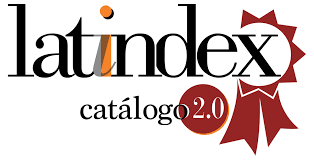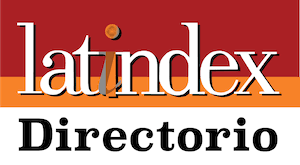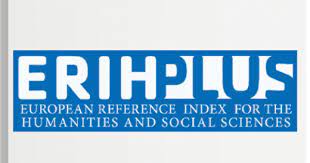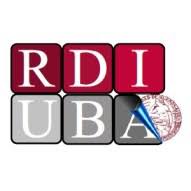Del claustro monacal a la bayoneta empuñada: Iglesia Católica y Violencia Política en Colombia (1950-1975)
Resumen
El período histórico conocido como la “Violencia en Colombia” se enmarca entre los sucesos anteriores al 9 de abril de 1948 y el asesinato de líder popular Jorge Eliécer Gaitán, hasta las operaciones cívico-militares contra las llamadas "Repúblicas Independientes" en 1965 y la formación de los principales grupos guerrilleros que persisten en la actualidad. El presente artículo pretende demostrar la importante función que asumió la Iglesia Católica dentro de dicho conflicto en un comienzo como actor aliado al partido Conservador, para posteriormente, evaluar los alcances de la transformación y radicalización de una fracción de la Iglesia a partir de los años 1960. Este contexto mundial y regional se caracterizó no sólo por el triunfo de la Revolución Cubana sino también por un movimiento de reformas al interior de la institución eclesiástica que se instaló a partir del Concilio Vaticano II (1962-1965) y que dio lugar a la denominada Teología de la liberación, que tuvo en el sacerdote colombiano Camilo Torres, a su representante inicial.
Palabras Clave: Iglesia Católica en Colombia, Violencia Política, Teología de la Liberación, Camilo Torres,Golconda.
From monastic cloister towielded bayonets:
Catholic Church and Political Violence in Colombia (1950-1975)
The historic period known as “Violence in Colombia” is framed between the events before april 9 of 1948 with the murder of the popular lieder EliécerGaitán, and after 1965 with the military and civic operations against the “Independent Republics”, and the arouse of the most important guerilla movements that persist now a days.The present article tends to demonstrate in the first place the important role the Catholic Church played in the beginning of the conflict as an ally to the Conservative Party, and later, evaluate the outcomes of itsradicalization and new style of participation since 1960. This period was not only characterized by the Cuban Revolution triumph, but also by a series ofreforms that occurred inside the Catholic Church thanks to the ConcilioVaticano II (1962-1965) and the consequences that had in Latin America with the foundation of a new theology called Liberation Theology, which hadtheColombian priest, Camilo Torres, as the main representative.
Keywords: Catholic Church in Colombia, Political violence-Liberation Theology, Camilo Torres, Golconda.
Texto completo:
PDFEnlaces refback
- No hay ningún enlace refback.
Estadísticas
Visitas al Resumen:390
PDF:248
Copyright (c)
















